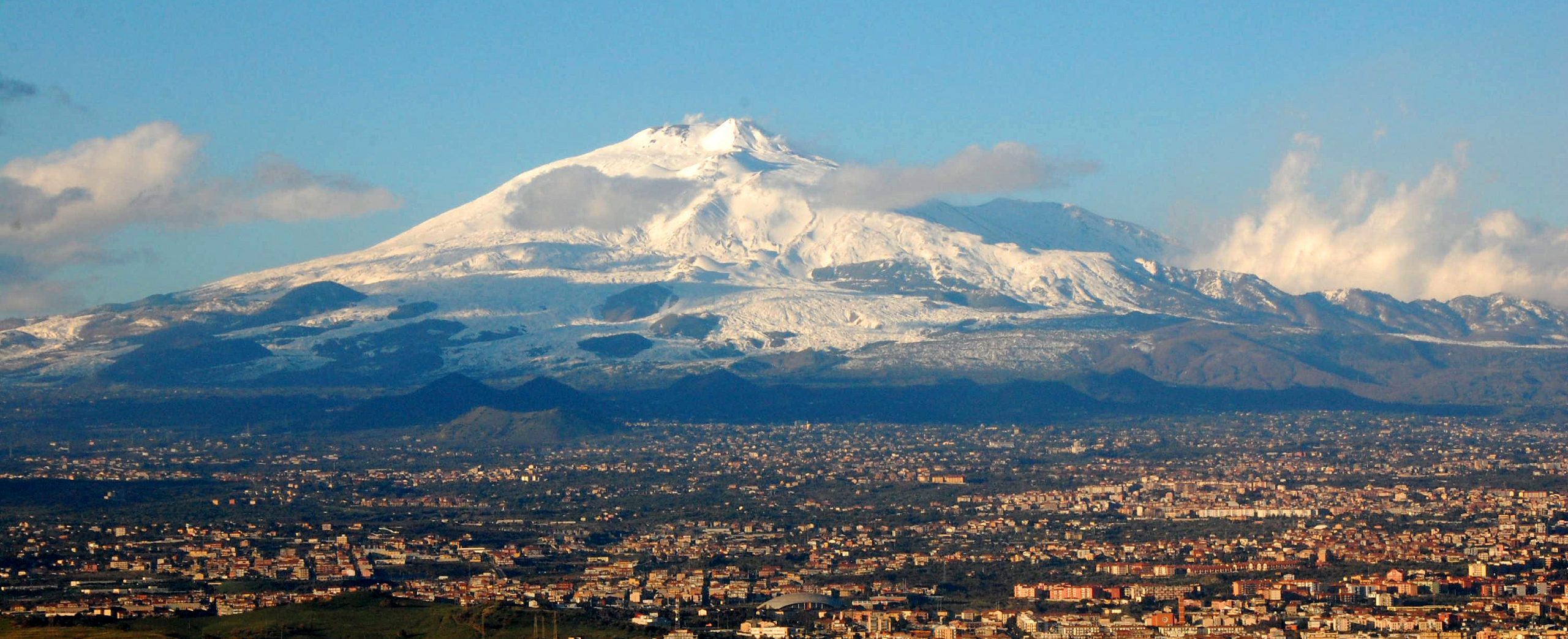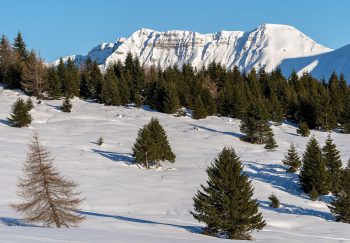Mt. Etna, also known as the roof of the Mediterranean, is 3,340 feet above sea level. It towers over the island’s northeastern portion. It is ideal for ski climbing, despite its high altitude.
Warm, humid winds from Africa’s southern hemisphere mix with the cooler, drier winds coming from the north. Every season, the lava desert is covered in snow, which, along with the blue sky and the vibrant green of the Mediterranean flora, creates an intense emotion.
Mt. Etna can be visited by strong winds, lava bed, or sudden eruptions that cover the white mantle in abrasive black sand.
It is difficult to find everything in one place. Valle del Bove hosts ski mountaineering competitions. Since the 1930s, the valley is very popular. In Valle del Bove there’s a shelter called “Gino Menza”, which was completely buried by lava in February 1992.
The rapid temperature change between night and day, and the close proximity to the sea, enhance the snow’s transformation cycle, resulting in crystals aggregation.
This means that backcountry skiers have a lower risk of experiencing avalanches. There is often a dense, compact base which makes it ideal for skiing.
Skiing is possible from December 1st through May 31st, although it is best to do so in February, March, or April.
Backcountry skiing is possible on the sides of Mount Etna: The canals of Pizzi Deneri take you to 2,840m. down to Piano Provenzana (1,800 m.). There are also wide, sandy swathes of Montagnola, and the Schiena dell Asino that takes you to the top at Montagnola (2.642 m.). You can get down via Piano del Vescovo (1,500m.) You can also descend via the rugged western side, where Punta Lucia (2.930m.) is the highest peak in the region.
For adrenaline seekers, Valle del Bove offers numerous very steep canals.
You can visit the mountains in February
Madonie
Park is where Palermo and the nearby mountains have been ski mountaineering the highest peaks of the region since the 1930s. Pizzo Carbonara (1.979m.), Mount Ferro, and the surrounding peaks, when snowed in, with beech trees and stunning views, make a great place for beginners to ski mountaineering. On the other hand, the terrain around Mount Quacella is more suited for experienced skiers, as it can sometimes be icy.



